Cajun vs. Creole: A Spicy Comparison of Two Southern Culinary Classics
If you've ever found yourself at a New Orleans restaurant or in a Louisiana kitchen, you might have heard the terms cajun and creole tossed around like hot peppers at a Mardi Gras parade. But what's the real difference between these two iconic cuisines? In this article, we'll dive into the history, flavor profiles, and key ingredients that set them apart—while keeping things light, fun, and full of spice.
Table of Contents
- The Roots of Cajun and Creole Cuisine
- Flavor Profiles: What Makes Them Unique?
- Key Ingredients That Define Each Style
- Signature Dishes You Should Try
- Buying Guide: How to Choose the Right Spices and Tools
- Conclusion: Which One Suits Your Palate?
The Roots of Cajun and Creole Cuisine
Understanding the difference between cajun and creole cooking starts with their histories. While both are deeply rooted in the American South, especially Louisiana, they come from different cultural backgrounds.
Cajun cuisine has its origins in the Acadian region of Canada (now Nova Scotia), where French-speaking settlers were expelled during the 18th century. These Acadians eventually settled in southern Louisiana, bringing with them their traditional cooking methods and ingredients. Over time, they adapted their food using local ingredients, creating a bold, hearty style of cooking that's still popular today.
Creole cuisine, on the other hand, emerged in New Orleans, where a mix of French, Spanish, African, and Caribbean influences came together. This blend led to a more refined and complex style of cooking, often involving a wider variety of ingredients and techniques. Creole dishes tend to be more structured and layered in flavor compared to their cajun counterparts.

So, while cajun is all about rustic, home-style cooking with a focus on meat and simple ingredients, creole is about refinement, balance, and a rich tapestry of global flavors.
Flavor Profiles: What Makes Them Unique?
When it comes to taste, the difference between cajun and creole cooking is like comparing a spicy pepper to a well-balanced curry—both are flavorful, but in different ways.
Cajun cooking is known for its bold, fiery flavors. It uses a lot of spices like paprika, cayenne, garlic powder, and black pepper. The heat comes from the trinity of onions, bell peppers, and celery, which form the base of many cajun dishes. The result is a rich, smoky, and slightly spicy flavor profile that’s perfect for comfort food lovers.
Creole cooking, by contrast, tends to be more balanced. It still uses spices, but with a more delicate touch. Creole dishes often include tomatoes, which give them a brighter, tangy edge. They also incorporate a wider range of ingredients, such as seafood, shellfish, and herbs like thyme and oregano. The end result is a dish that’s flavorful without being overwhelming.
| Aspect | Cajun | Creole |
|---|---|---|
| Heat Level | High | Moderate |
| Base Ingredients | Onions, peppers, celery | Tomatoes, seafood, herbs |
| Texture | Hearty, rustic | Refined, layered |
| Flavor Balance | Spicy, bold | Complex, balanced |
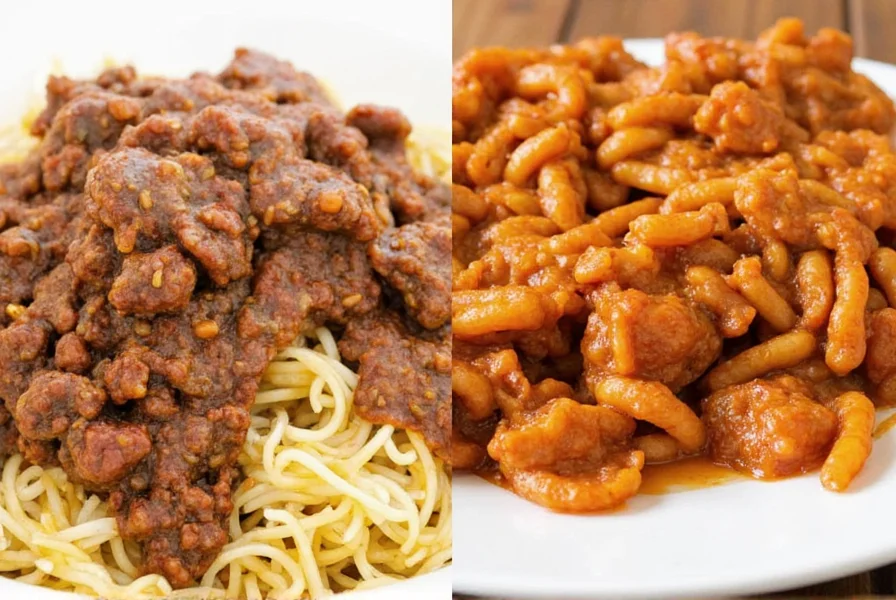
So, if you’re looking for something that packs a punch, go with cajun. If you prefer a more nuanced and diverse flavor experience, creole might be your new favorite.
Key Ingredients That Define Each Style
Let’s take a closer look at the ingredients that make cajun and creole cooking so unique. While there’s some overlap, each style has its own signature elements.
Cajun Ingredients
- Trinity: Onions, bell peppers, and celery
- Spices: Paprika, cayenne, garlic powder, black pepper, and cumin
- Proteins: Chicken, duck, sausage, and crawfish
- Starches: Rice, potatoes, and cornbread
Cajun dishes often feature a lot of meat and starchy sides. Think gumbo, jambalaya, and boudin. The use of smoked meats like andouille sausage is also common.
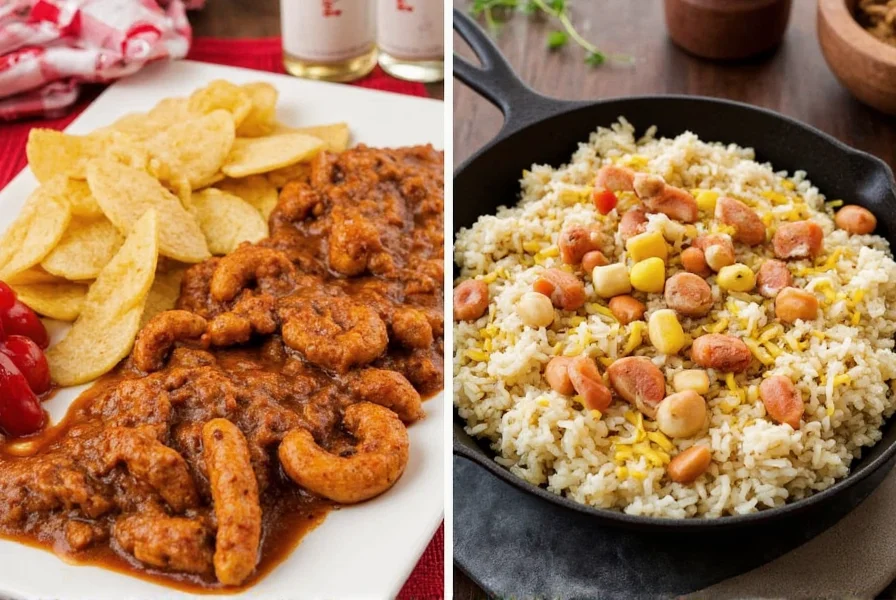
Creole Ingredients
- Tomatoes: A staple in many creole recipes
- Seafood: Shrimp, crab, and oysters are frequently used
- Herbs: Thyme, oregano, and bay leaves
- Vegetables: Bell peppers, onions, and okra
Creole cooking relies heavily on tomatoes and seafood, making it a bit lighter and more colorful than cajun. It also makes frequent use of herbs to add depth and aroma to dishes.

While cajun is all about big, bold flavors, creole offers a more refined and diverse palate. Both styles, however, share a love for rice and spices.
Signature Dishes You Should Try
To truly understand the difference between cajun and creole cooking, it helps to try some of their most famous dishes. Here are a few must-try recipes for both styles:
Cajun Dishes
- Gumbo: A thick stew made with a rich broth, okra, and a mix of meats or seafood. Often served over rice.
- Jambalaya: A one-pot dish with rice, meat (like chicken or sausage), and vegetables. Similar to paella but with a cajun twist.
- Boudin: A sausage filled with pork, rice, and spices, typically grilled or fried.
Cajun dishes are all about hearty portions and robust flavors. They’re perfect for those who enjoy a little heat and a lot of substance.
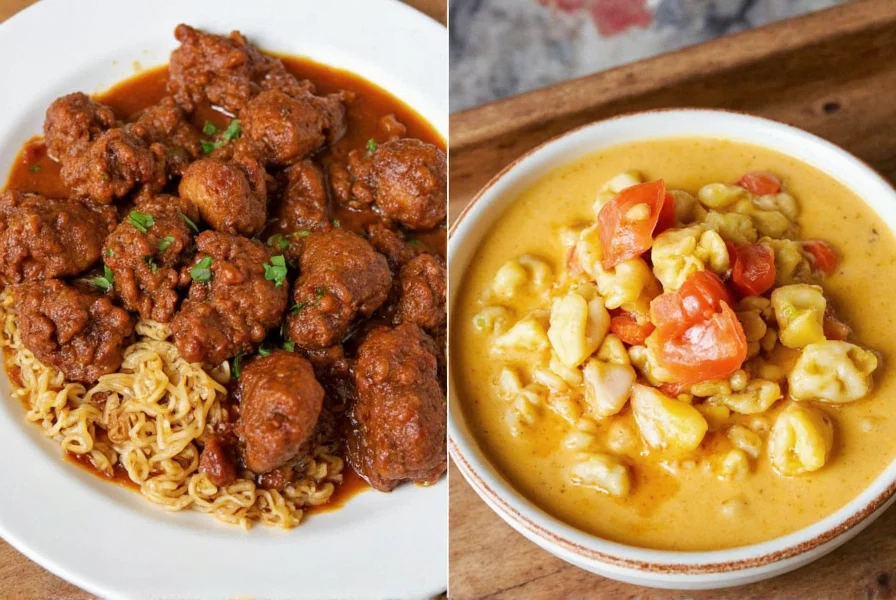
Creole Dishes
- Shrimp and Grits: A classic dish featuring creamy grits topped with sautéed shrimp and a tomato-based sauce.
- Jambalaya: While similar to cajun jambalaya, the creole version often includes more tomatoes and seafood.
- Etouffee: A slow-cooked dish with a roux-based sauce, usually made with shrimp or crawfish and served over rice.
Creole dishes tend to be more elegant and texturally varied. They’re ideal for those who appreciate a balance of flavors and a touch of sophistication.
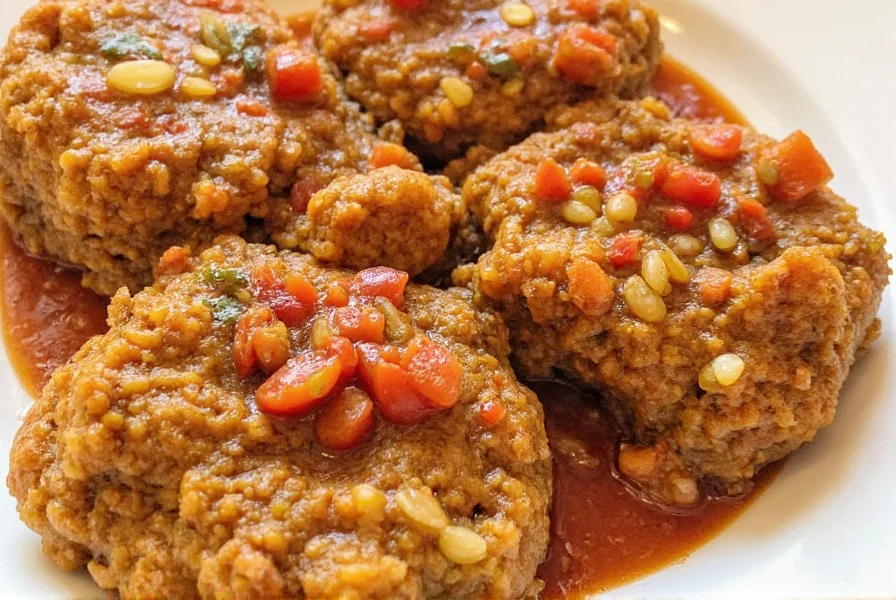
Whether you're in the mood for something bold or something refined, there's a cajun or creole dish for every occasion.
Buying Guide: How to Choose the Right Spices and Tools
If you're ready to bring the flavors of cajun and creole cooking into your kitchen, here's a quick guide to help you choose the right ingredients and tools.
Spices for Cajun Cooking
- Cajun Seasoning Mix: A pre-made blend of paprika, garlic powder, onion powder, cayenne, and black pepper. Perfect for seasoning meats, vegetables, or even popcorn.
- Paprika: Adds color and a mild sweetness to dishes. Use it in gumbo, jambalaya, or as a rub for grilled meats.
- Cayenne Pepper: For those who like their food extra spicy. Add a pinch to soups, stews, or sauces for an extra kick.
Recommended Product: McCormick Cajun Seasoning – A versatile blend that brings authentic flavor to any cajun recipe. Great for grilling, roasting, or adding to rice dishes.

Spices for Creole Cooking
- Creole Seasoning: A mix of paprika, garlic, thyme, oregano, and cayenne. Ideal for seasoning seafood, vegetables, or grilled meats.
- Tomato Paste: Essential for creole dishes like gumbos and etouffees. Adds depth and richness to sauces.
- Thyme: A fragrant herb that enhances the flavor of seafood and vegetable dishes.
Recommended Product: Lawry's Creole Seasoning – A balanced blend that works well in a variety of creole recipes. Perfect for adding a burst of flavor to shrimp, rice, or roasted vegetables.

Kitchen Tools You’ll Need
- Cast Iron Skillet: Perfect for searing meats or cooking stews like gumbo or jambalaya.
- Rice Cooker: Ensures perfectly cooked rice for serving alongside your cajun or creole dishes.
- Saucepan: Useful for making broths, sauces, or simmering dishes like etouffee.
With the right spices and tools, you can easily recreate the magic of cajun and creole cooking at home. Whether you're a seasoned chef or just starting out, these essentials will help you master the art of Southern spice.
Conclusion: Which One Suits Your Palate?
So, what is the difference between cajun and creole cooking? In short, cajun is all about bold, spicy, and hearty flavors, while creole is about balance, refinement, and a more diverse array of ingredients. Both have their roots in Louisiana, but their histories, ingredients, and flavor profiles are distinct.
Whether you're a spice enthusiast or a professional chef, understanding the nuances of these two cuisines can open up a whole new world of flavor. From the smoky heat of cajun to the rich complexity of creole, there's something for everyone to enjoy.
Next time you're in the kitchen, why not try both styles? You might just discover your new favorite dish—or at least a new appreciation for the delicious diversity of Southern cooking.
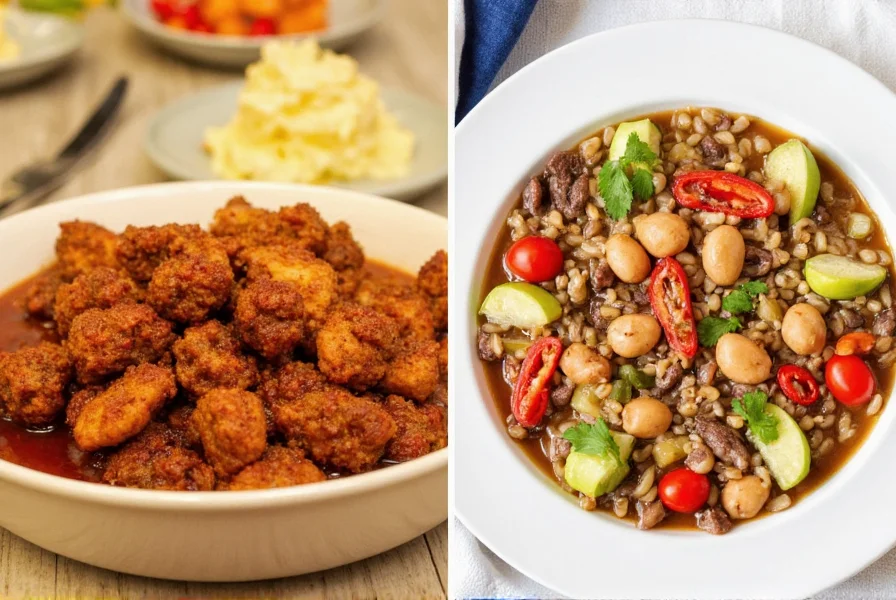
Now go forth and season your life with a little more flavor!

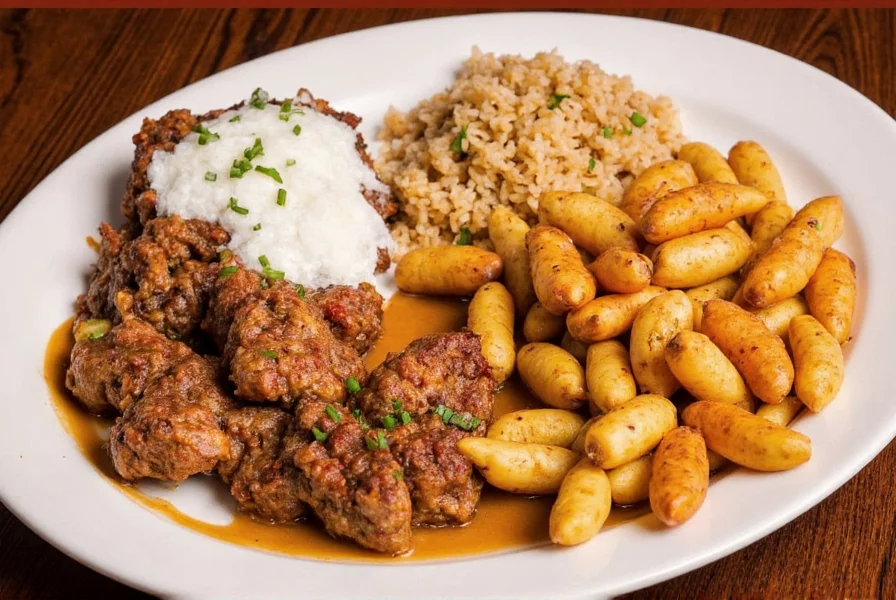









 浙公网安备
33010002000092号
浙公网安备
33010002000092号 浙B2-20120091-4
浙B2-20120091-4